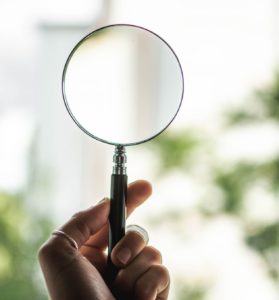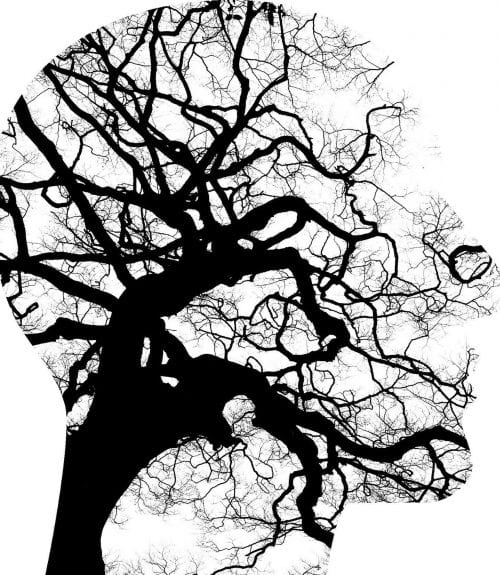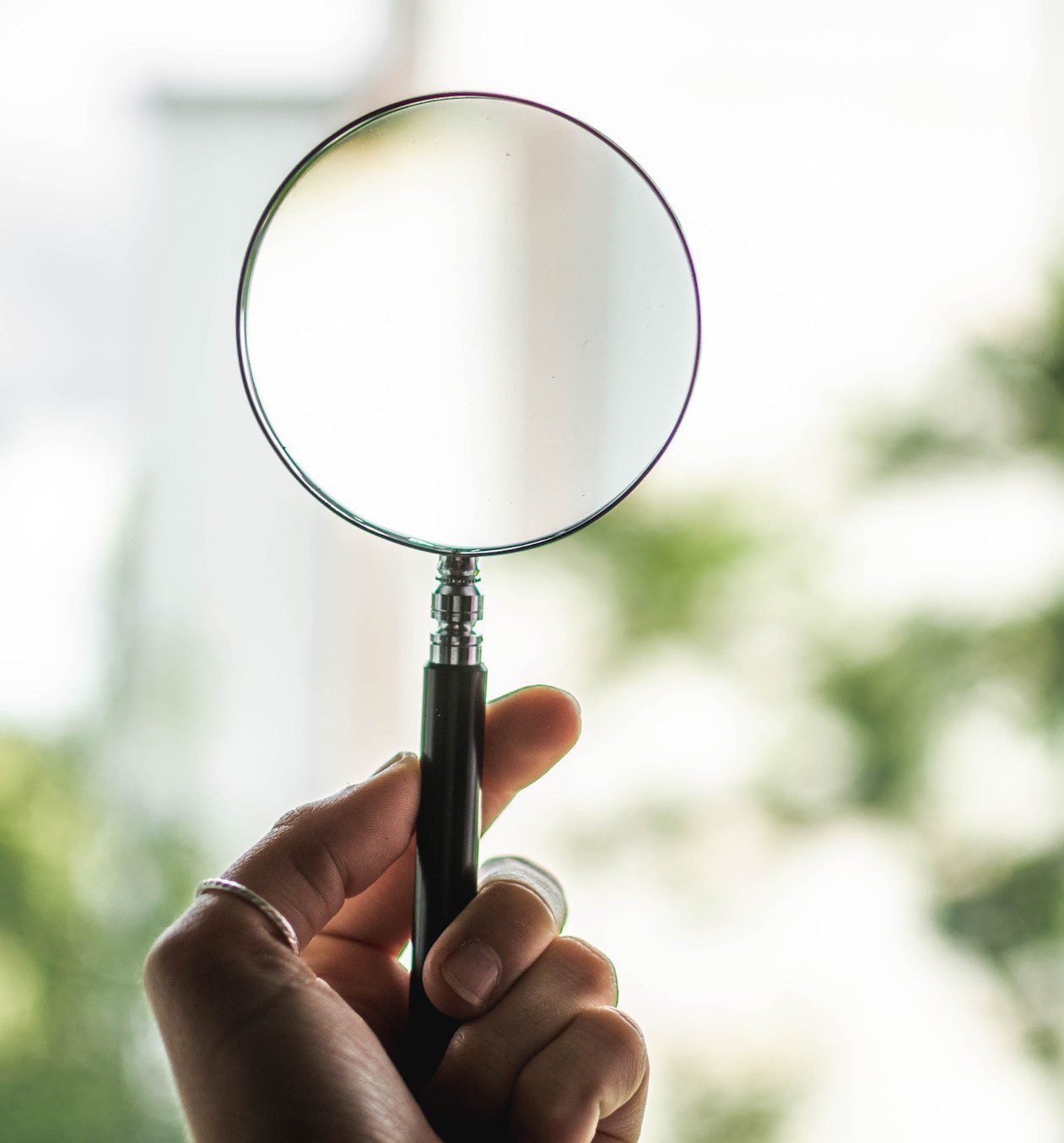The Scientific Method
 You have probably been exposed to the scientific method in some form throughout your K-12 education, so I imagine this section will be somewhat of a review. You will find that the sequence of the scientific method gets broken down in different ways, but here is the general idea…
You have probably been exposed to the scientific method in some form throughout your K-12 education, so I imagine this section will be somewhat of a review. You will find that the sequence of the scientific method gets broken down in different ways, but here is the general idea…
Observation
The first step in the scientific method is observation. We observe the world around us, seeking to understand why things are the way they are. This involves collecting all the information possible on the topic of interest. Of course, the sources of this information should be of quality and valid.
For example, if we are interested in understanding if stress impairs memory, we might start by reading books and articles on the topic. We might also talk to experts in the field, such as psychologists and neuroscientists. In addition, we might conduct our own research by surveying people about their experiences (more on this type of research later).
Establish a Hypothesis
The second step is to establish a hypothesis, which is an idea that is derived from a theory. Unfortunately the word “theory” has been “watered down” by people using it casually. Perhaps you have said, “I have a theory that…” – but it isn’t actually a theory. A theory is a group of ideas that has been scientifically supported to the point where it is generally thought to be correct. It is used to explain a phenomenon or predict what will happen next. A real theory has substance and is based on empirically supported facts, not opinions. So again, the hypothesis you create serves as a prediction, must be able to be tested, is falsifiable, and should be based in part on previous knowledge.
For example, we might hypothesize that stress will impair memory because it can lead to a narrowing of attention. This hypothesis is specific because it identifies a specific reason why memory would be impaired. Our reasoning may be that when we are stressed, our brains are focused on the immediate threat, so we may have difficulty paying attention to other things, like new information. This can make it difficult to remember new information, especially if we are not given enough time to process it. This hypothesis is testable because we can conduct an experiment in which we expose participants to a stressful situation and then test their memory for new information. It is also falsifiable because if we conduct an experiment and find that the experimental group scores higher on the memory test than the participants in the control group, then our hypothesis lacks support.
Experiment – Test the Hypothesis
The third step is to test the hypothesis, which involves conducting an experiment to see if the hypothesis is supported by the evidence. This is where all the action is! You would determine how to design the study, what research techniques to use, who the participants will be, how you will operationally define your variables, and how you will collect your data. We will cover some of these details soon…in the end though, you will either have support for your hypothesis, or you will reject your hypothesis. Notice I did NOT say you will have PROOF for your hypothesis. I said “support” – we have to be very careful in the social sciences with the word “proof”.
Back to our memory impairment example…we might conduct an experiment where we randomly assign people to two groups: a control group and an experimental group. The participants in the control group are given a memory test. The participants in the experimental group are given the same memory test, but are first exposed to a stressful situation. Then we can compare the scores of the participants in the two groups.
Analyze the Data – Draw Conclusions!
The final steps of the scientific method are to analyze the data and draw conclusions. This is where you will interpret the data and see if it supports your hypothesis. If the data does support your hypothesis, you can conclude that there is a relationship between the variables that you tested. However, it is important to remember that a single experiment is not enough to solidly support a hypothesis. You need to conduct multiple experiments to get a more reliable result.
Once you have drawn your conclusions, it is important to publish them so that other scientists can replicate your study. Replication is important because it allows other scientists to check your work and see if they get the same results. If they do, it increases the confidence in your findings.
Ultimately, the goal of the scientific method is to develop theories that can explain the world around us. Your research conclusions may be the beginning of another scientist’s research proposal. This is the power of the scientific community. We are always looking, always analyzing, always testing, always seeking new information, and we are willing to accept the fact that we don’t have all the answers.

Matthew A. Webster, MA, MS, ED.D, LPC
Dr. Matt Webster is a professional educator, nutritionist, and therapist located in the Houston, Texas area. He specializes in couples therapy, sexuality, and maladaptive eating patterns with a focus on the role of nutrition. More About Matt >>
Last modified:









